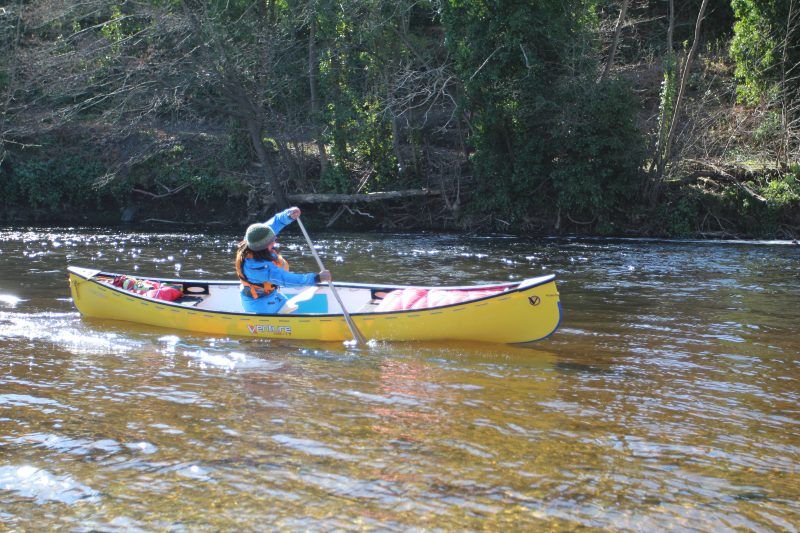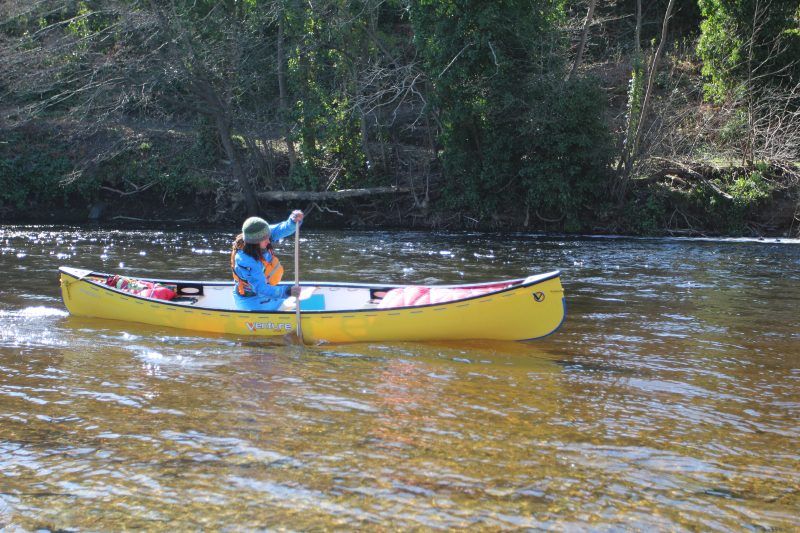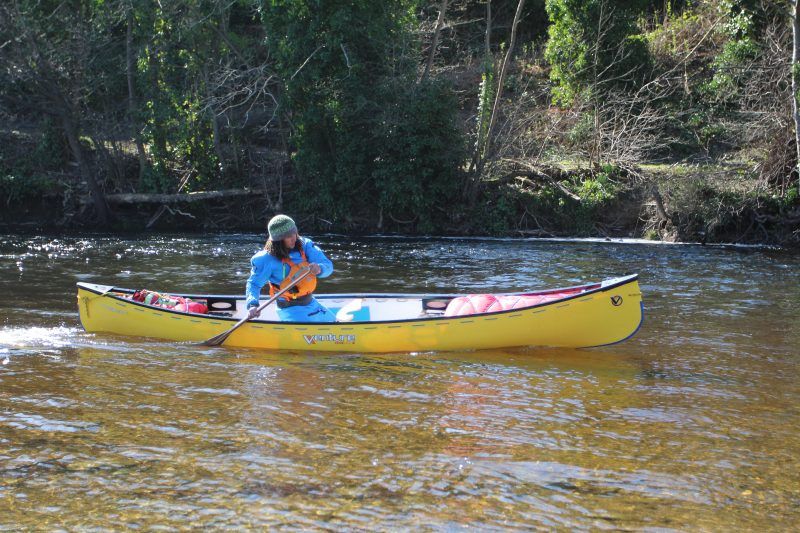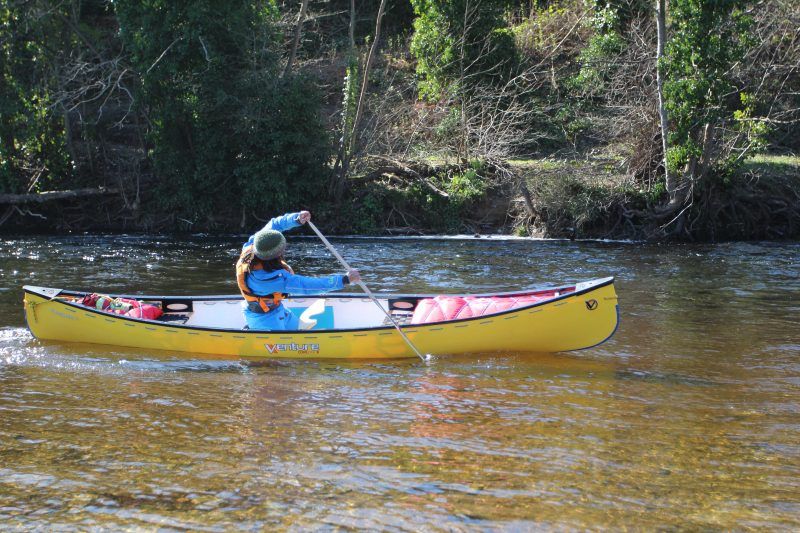Keep this a secret between us, but when I’m not in a kayak I actually spend a fair bit of time paddling a canoe. You could even go so far as to say that I like it nearly as much as kayaking! Having coached a lot of canoeists on the water too, I find one skill paddlers regularly have an issue with, is getting their boat up to speed quickly. I’m not talking about paddling as hard as you can for long periods of time or breaking any speed records, but being able to change up a gear when you need to charge into that eddy, catch a surf wave or make a challenging ferry glide.
With canoes (and their owners) coming in a wide array of styles, shapes and sizes, it is challenging to present a ‘one size fits all’ technique, but many of the key components are similar and could be able to be adapted to a range of craft. The boat I’ve used for the demonstration is a 15ft Venture Prospector traditional canoe. Some people might call the technique described here a ‘power pry’ others might call it something else, as with most canoe techniques they are often have a variety of names. I find myself being less focused nowadays on what a stroke is called in canoe and more on being effective at making my boat go where I want it to, using a range of appropriate techniques applied at the right time!
Let’s start with the some of the key components that will generally make this a whole lot easier.
Get yourself on a kneeling thwart as that will generally make things much more comfortable than kneeling over a seat. It will also mean that your trim is likely to be balanced and you will be better connected to the boat. It will also help if you use knee pads or have some foam under your knees too. Not only will this make it more comfortable but when we start generating some force our knees will stay where they are and we won’t end up sliding down the boat and out of position.
We now need to get in a good position to actively engage that body. Sit up straight and rotate your whole body towards the side that you are going to paddle on, this includes moving where you have placed your knees too. I tend to have one knee somewhere around the centre line of the boat and my other knee pushed out to the side that I am rotated towards. Doing this will make it easier to use your body through the stroke and will also make it easier to have a vertical paddle stroke to create more driving force.
Now you’re set up its time to create some momentum!
Position
Reach forwards with your leading shoulder (you right shoulder if you are paddling on the right as in the photos) rotate your body and plant that paddle in the water. At this point try not to overreach as your paddle will go closer to horizontal and you’ll end up pulling down on the water (creating an lifting rather than driving effect on the canoe). Make sure that paddle is planted vertically and is close to the side of the boat and that that the blade is fully submerged. As your canoe may be curved at the sides take care not to just simply plant it next to the gunnel. This might mean you actually place it slightly away from the side of the boat. Doing this will help to make sure that you create a straight line for your paddle to pull through.

Power
Now it’s time to put the power on! Using your core muscles rather than your arms, drive that boat forwards by rotating your trunk towards the side that you are paddling on. (Think about the position of the paddle being fixed and that you’re moving the boat past it.) As you’re doing this keep the paddle vertical until it reaches your hips. When you are putting the power on you should be transferring the power through your knees and body into the boat, helping you to be more efficient.

Once we have completed the power phase we allow our paddle blade to move past our hips and bring our blade into a position similar to a stern rudder. Depending on how you might Usually do a stern rudder, this might actually look slightly different. I am going to allow the paddle to jam up against the side of the boat, because in the next phase I am going to use the boat to pry off. To be clear, this isn’t a J-stroke, the thumb on my T-grip hand is pointing up (unlike when it points down in a J) and if you are used to mainly paddling using a J you might feel like this is a step back. Trust me, it’s not and you’ll have your canoe flying forwards in no time.

Pry
With your paddle blade fully submerged and wedged against the side of the boat, it’s time to do a little bit of steering, but not to the degree that we might do if we are at a gentle cruising speed. We can use the side of the boat to lever off a little and I typically do that by pulling my front (T-grip) hand across my body a little. If you do this phase correctly it should feel more like a little dab rather than a long graceful correction (as we might do when we are cruising on a canal etc). The time spent in this phase is much shorter than we would normally have for a correction.

Back to the beginning


… and repeat!
Due to the fact that we are trying to generate a burst of speed here, our momentum generating ‘power pry’ typically takes a bit less time than our average forward stroke. We also put a lot more energy into it and to make the magic happen we need to probably use about four of these to get our boat shifting. Once up to speed, you can go back to using your regular forward stroke (J-stroke etc) as it will be tiring to try and sustain that level of power for long. Aim to use this technique tactically, rather than all of the time, for example when trying to create lateral speed across the river or getting onto a surf wave.
If you’re not sure if its working, get someone to film or photograph you. If the photos come out blurry, then you must be creating some serious momentum!